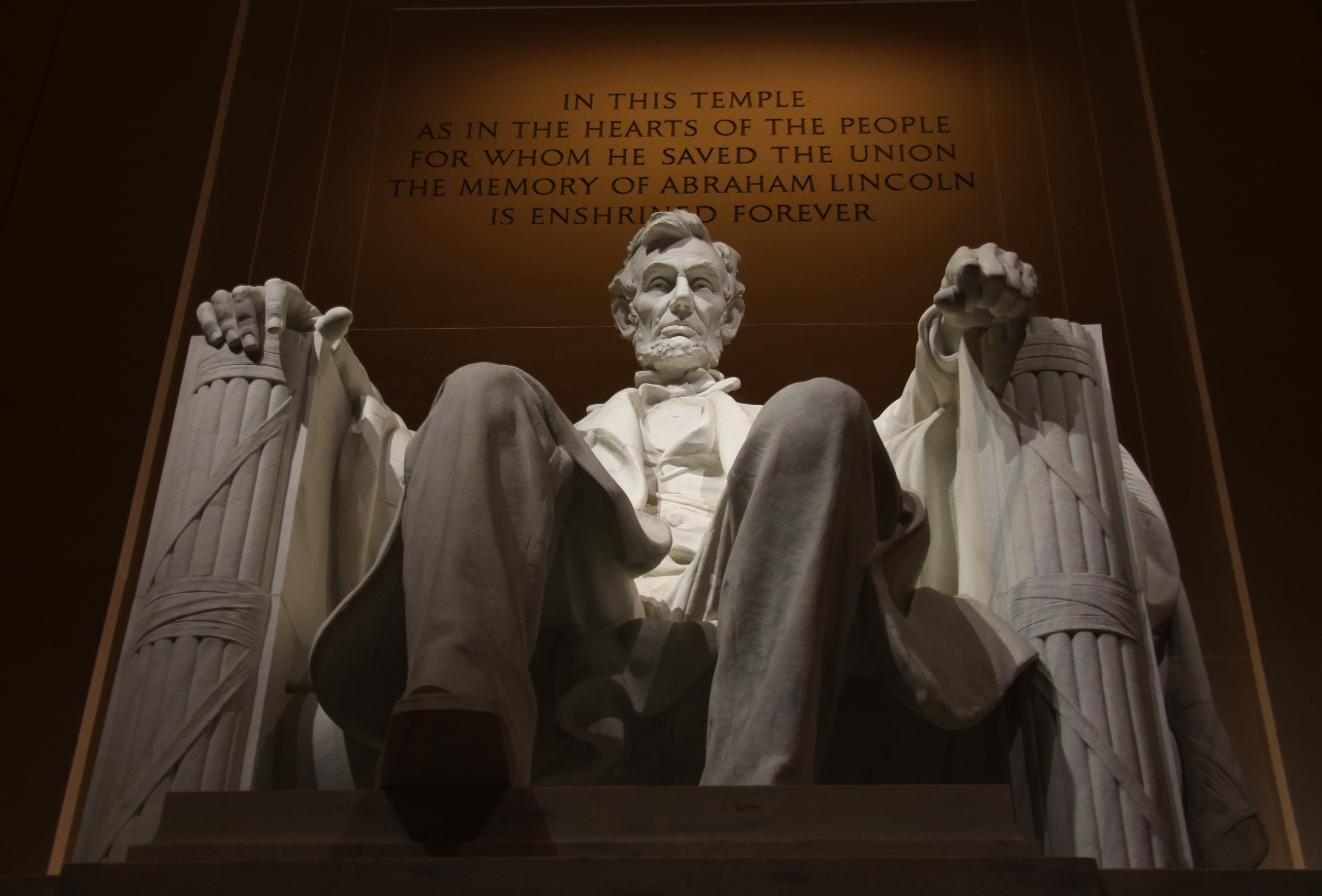The state of checks and balances in America: Congress refuses to provide funding for a wall on the southern border, so the president declares a national emergency and accesses billions of dollars against the wishes of Congress. Although then-President Donald Trump’s move to fund his border wall is years behind us, Trump, or another authoritarian president, has a real chance of winning the next presidential cycle; the 2024 election is nearing, and Trump has hinted at another run for the White House. Democrats should take measures to prevent future presidents, including potentially Trump, from abusing executive powers by reforming the National Emergencies Act of 1976, the law which Trump used to fund his wall.
Congress drafted the National Emergencies Act of 1976 to allow the president to access a multitude of powers in order to resolve national emergencies with the approval of Congress. However, this arrangement was upended by the controversial Supreme Court decision in Immigration and Naturalization Service v. Chadha, which limited Congress’ ability to pass a “concurrent resolution,” or put more simply, a legislative veto. As a result, Congress could no longer limit executive power with a simple majority in both houses since the president could merely veto such efforts. This effectively established a two-thirds supermajority threshold in both houses of Congress to override executive powers, the same amount needed to overcome the president’s veto.
The NEA therefore gives the president a grand total of 123 statutory powers during national emergencies that require two-thirds of Congress to check, an insurmountable threshold during times of hyperpolarization.
National emergencies might require a president to reallocate funding or direct the National Guard. Under the NEA, however, the president’s powers also include but are not limited to stopping all electronic communication in the country, ordering up to one million members of the Ready Reserve to serve in active duty for up to 24 months without their consent, and suspending regulations on the testing of chemical and biological weapons. According to the Brennan Center for Justice, these powers exist without a meaningful congressional check due to the two-thirds supermajority threshold.
Let’s be clear: In the NEA’s current form, the president of the United States could unilaterally declare a national emergency, halt all news casting, and call up to a million Americans to the capital. While most of these powers were intended for times of war and have not been used by any president, it is not hard to imagine how an authoritarian president like Donald Trump could abuse these powers to suspend democratic processes or overturn elections. After all, he has shown a willingness to ignore democratic norms and institutions when he provoked an insurrection against the Capitol and refused, across various televised platforms, to accept the results of the 2020 elections.
Congress should pass proactive regulations that require congressional approval to start a national emergency. Such reforms would prevent the president from declaring a national emergency without the opportunity for federal representatives to check their power. Additionally, the powers listed in the NEA should themselves be limited; there is no coherent reason for the president to seize the Tennessee Valley to test out nuclear weapons, but the NEA grants this power to the executive. These powers are not only unnecessary, but placed in the wrong hands, they could also mean the breakdown of our political system as we know it.
The desire for NEA reform is not new: In a 2019 House Judiciary Committee hearing, every expert witness testified that the NEA requires reform. Unfortunately, reform attempts like H.R. 1410, co-sponsored by members of both parties, have died in committee.
Proponents of the NEA believe that a strong executive during national emergencies is necessary and that congressional action is slow and unable to respond to an evolving crisis. Thankfully, proposed reforms of the NEA consider this eventuality, including provisions such as allowing the president 30 days of unchecked power if Congress is in recess. Additionally, Congress should maintain reasonable powers like reallocating the National Guard while removing absurd powers like seizing the Tennessee Valley. In doing so, Congress creates a strong executive equipped to respond to a national crisis without enabling a despot.
Such a proposal would not significantly change the status quo. The president would still have access to the powers they currently use, the president could still declare a national emergency, and the president could still effectively improve Americans’ lives during times of crisis. However, the president would not be able to test biological weapons on your neighbor (without congressional approval).
Donald Trump was willing to provoke an insurrection to overturn a democratic election. Is it unreasonable to think that he or another imperial president would use a national emergency to influence democratic elections? Democrats, who are likely to lose Congress after the midterm elections, should take a proactive approach to protect our democracy before they lose the reins next year.
Since Congress passed the NEA in 1976, presidents have declared 58 states of emergency; 31 of them are still in effect today, including one from 1979 established by President Carter. America is not in 31 different states of emergency; the real national emergency is the executive’s powers under the NEA.
Image is licensed under the CC0 1.0 license.



